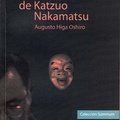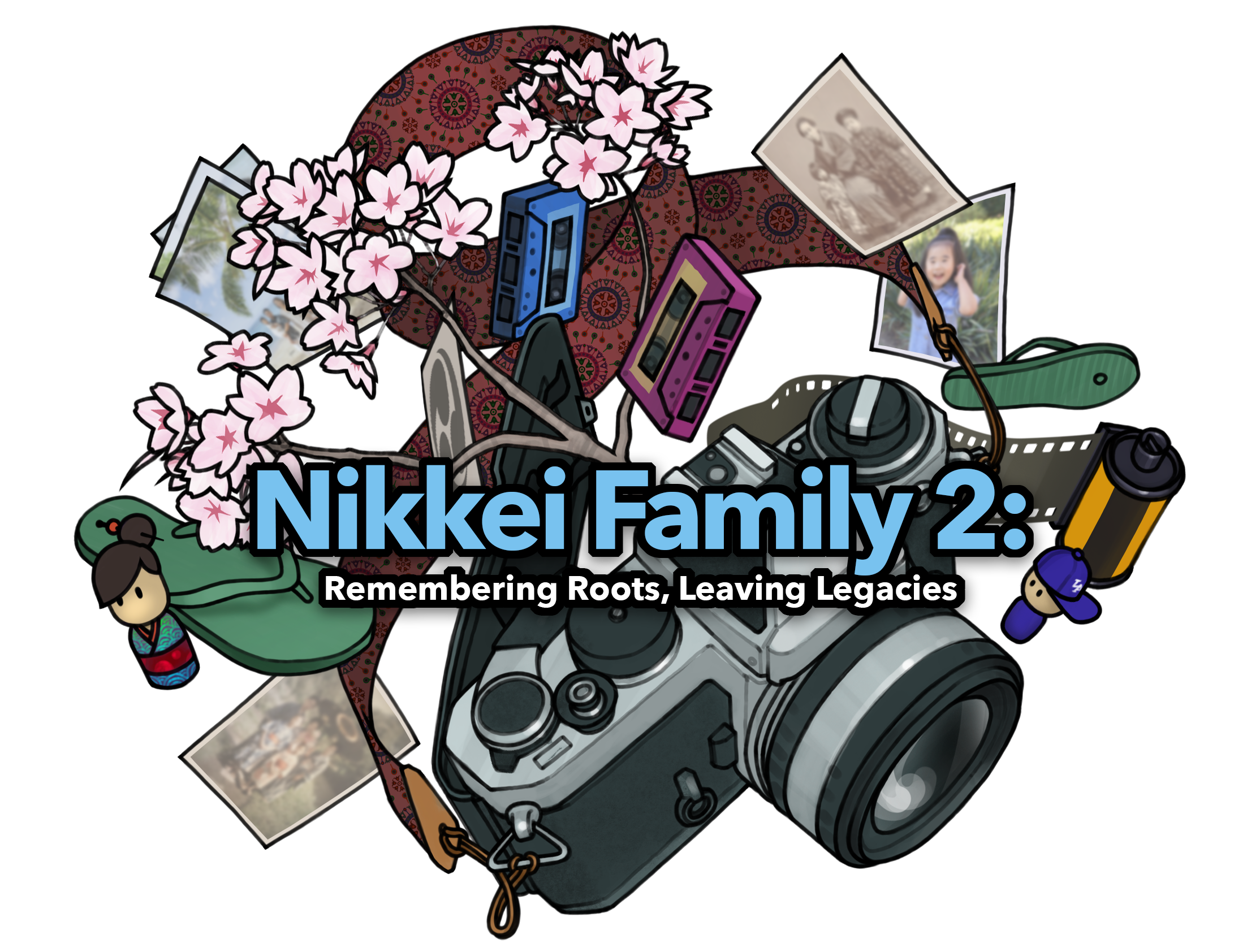>> Part 1
Effects of the inevitability of self-employment
The inevitability of self-employment among immigrants explains that, after several decades of presence in the country, all immigrant groups (some faster than others) have experienced a significant rise in the Peruvian economic pyramid. This structural situation has generated a kind of “scissors effect” between the numerical size of immigrants (low) versus their specific weight in the economic sphere (high).
This scissors effect conditioned a series of social and mental attitudes towards immigrants since the first decades of the 20th century. These attitudes led to the emergence of nativism and then nationalism ideologically, as a reaction to the predominance that immigrants had in the economy and national society.
After the economic rise of immigrants came the social rise. Definitely, the descendants of immigrants have contributed powerfully to renewing the middle sectors and part of the national elites, not only from an economic perspective, but also from a social and cultural perspective. The presence of immigrants and their descendants cannot be separated from all the modernization processes in the country.
The definitive settlement of immigrants changed the physiognomy of the country, contributing to the ethnic pluralism that distinguishes Peruvian society. The 400,000 immigrants entered the country little by little, never massively or abruptly. This has undoubtedly contributed to their integration, since it is known that time counts in the social processes of immigration: if a massive contingent of immigrants arrives in a short time, it generates problems of economic insertion and cultural integration. On the other hand, if you enter gradually, the possibilities of integration are greater. Of course, there have been no shortage of difficulties and disagreements, as usually occurs in any process of integration of immigrant populations. The history of immigration accounts for these processes. Several considerations can be made in this regard, since immigrants have selectively integrated into the modern and Creole sector of Peruvian society, contributing to segmenting the social structure of the country.
The importance of “social capital” contributed by immigrants (intangible inheritance).
Something common to all immigrants who arrived in Peru is that they came without economic capital, except for the few exceptions of some businessmen who came to invest. Definitely, the foreigners who entered the country were poor in their countries or impoverished at the time of leaving. But, if they did not carry financial capital, many of them carried with them a considerable amount of human and social capital. That is, non-tangible resources, made up of attitudes, mental paradigms, values and behavioral norms (industriousness, ability to generate and manage businesses, ability to find sources of wealth), which contribute powerfully not only to the generation of wealth but also to citizen coexistence.
It is important to note that all of the “non-tangible” capital contributed by these immigrants stayed in Peru, was accumulated here and became Peruvian; for example: industries, companies in general, culture, educational institutions, leadership capacity, etc.
The “explosion of creativity” in the second generation
A detail little explored in studies on these topics is that it is very common among descendants of immigrants to dedicate themselves to artistic activities. This can be interpreted as a multi-generational phenomenon; That is to say, the creativity of the immigrant parents (which was sacrificed at the time, for the sake of productive effort) is expressed through their descendants, once the stage of productive effort and almost exclusive dedication to the family business and the effort to resolve economic survival. There we have the plethora of Peruvian artists, children of immigrants, of all ethnic origins and in all artistic spheres. The important thing is to highlight that the artists, social leaders, businessmen and academics descended from immigrants are definitely Peruvian and that they constitute the greatest heritage that immigrants have left in this country.
The stage of predominance of emigration
The country's rapid demographic growth since the 1960s generated a “demographic surplus” that could hardly have been absorbed by the national economy. Thanks to globalization, since the 1970s, Peruvian society has been able to channel a significant percentage of its population abroad and today it is estimated that 3 million Peruvians live abroad. In just over 30 years, more population has left Peru than entered in 185 years of republican life. This fact alone is enough to have a positive vision of the globalizing phenomenon in which international migrations are framed.
In conclusion: we can affirm that international migratory flows have been positive for the country, despite the temporary distortions they generated in the Peruvian social structure. These flows have meant the entry of people eager to improve themselves personally and have introduced very considerable wealth generation mechanisms (companies). But, the most important contribution of these immigrants is not so much the tangible, but the intangible, which is constituted by highly positive mental and cultural attitudes. This is the main “engine of development” that immigrants have contributed to the country. Finally, the possibility of emigration in recent decades has meant a considerable escape valve from the effects of the Peruvian demographic explosion of the second half of the 20th century.
* This article is published under the San Marcos Foundation Agreement for the Development of Science and Culture of the Universidad Nacional Mayor de San Marcos and the Japanese American National Museum, Discover Nikkei Project.
© 2008 Giovanni Bonfiglio










